Oper Leipzig is one of the most famous and oldest opera houses in Europe. Oper Leipzig stands for the highest musical and craft quality. It is based on active ensemble culture and the promotion of young singers. The program ranges from opera, opera, operetta, musical to classic and modern ballet. There are also numerous offers and in-house productions for children, young adults and families.
Oper Leipzig forms the roof for a three-division house consisting of an opera, Leipzig ballet and musical comedy. Located in the Opera House (Opera & Leipzig Ballet) in the center of Leipzig and in the Dreilinden House (Musical Comedy) in the Lindenau district, it has a tradition of more than 325 years of musical theater care in Leipzig. In 1693 the first opera house on Brühl was opened as the third bourgeois music theater in Europe after Venice and Hamburg. Since 1840, the world-famous Gewandhaus Orchestra has played on all performances of opera and ballet. Prof. Ulf Schirmer has been General Music Director of the Leipzig Opera since the 2009/10 season. Under his musical direction, Richard Wagner and Richard Strauss' works in particular become the focus of the repertoire.
Performances of opera in Leipzig trace back to Singspiel performances beginning in the year 1693. The director of many of those early operas at the original Opernhaus auf dem Brühl was Telemann.
The Leipzig Opera does not have its own opera orchestra – the Leipzig Gewandhaus Orchestra performs as its orchestra. This relationship began in 1766 with performances of the Singspiel Die verwandelten Weiber, oder Der Teufel ist los by Johann Adam Hiller.
The previous theater (the "Neues Theater") was inaugurated on 28 January 1868 with Jubilee Overture by Carl Maria von Weber and the overture for Iphigénie en Aulide by Gluck and Goethe's play Iphigenia in Tauris. From 1886 to 1888, Gustav Mahler was the second conductor; Arthur Nikisch was his superior. During an air raid in the night of 3 December 1943, part of the bombing of Leipzig in World War II, the theater was destroyed, as were all Leipzig's theatres.
Construction of the modern opera house began in 1956. The theater was inaugurated on 8 October 1960 with a performance of Wagner's Die Meistersinger von Nürnberg.
Since 2009, Ulf Schirmer is the Generalmusikdirektor (General Music Director, or GMD); he was elected artistic director in 2011 for a five-year term.


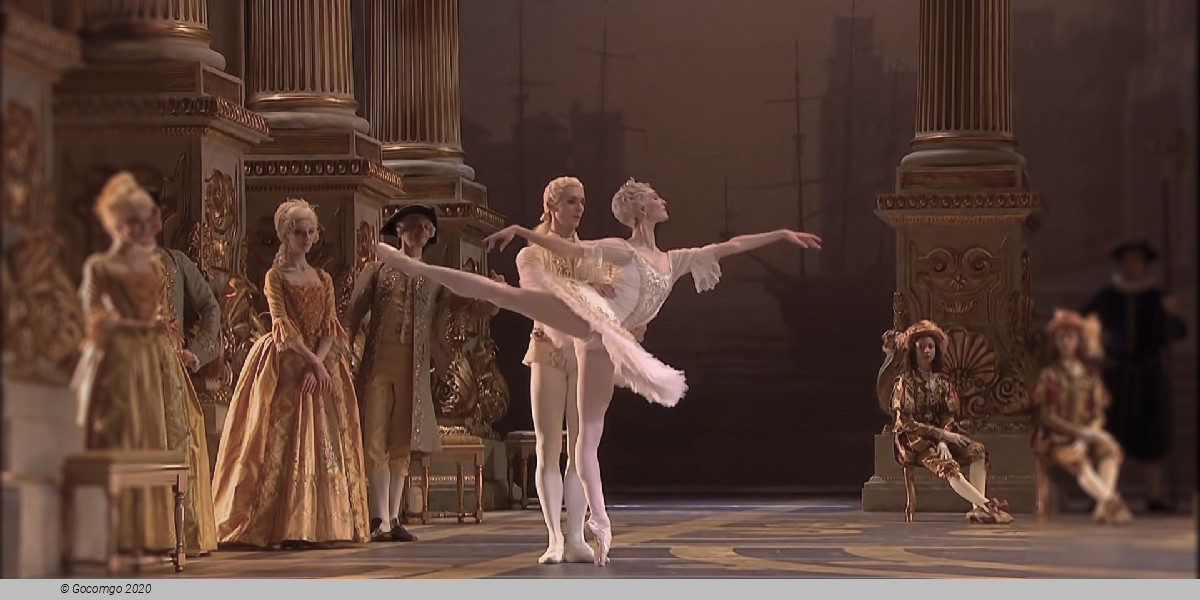






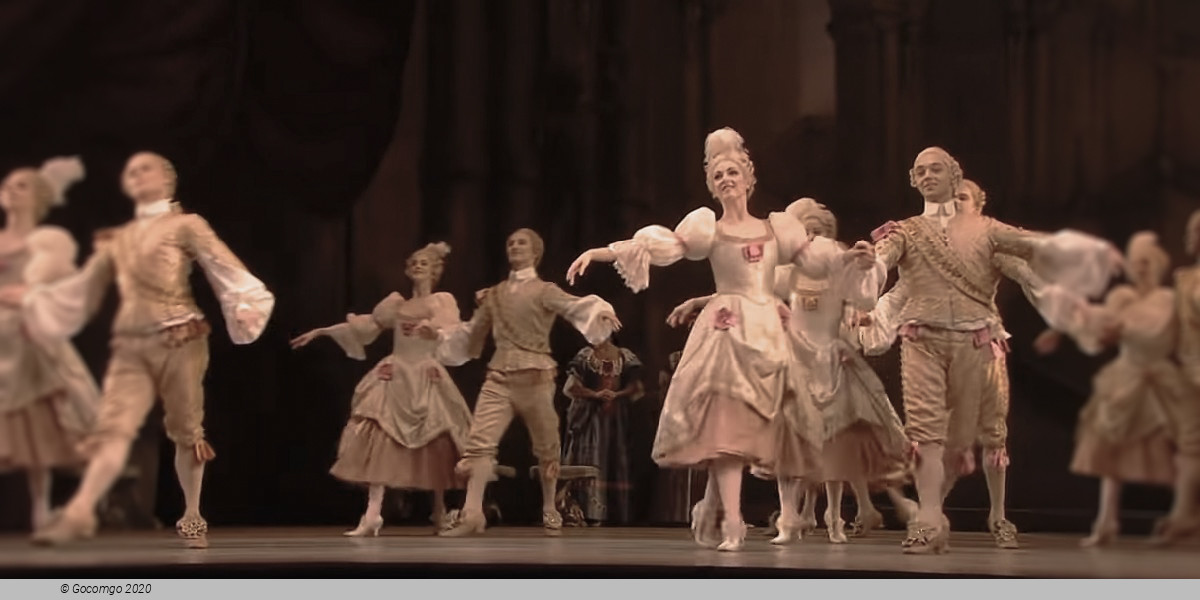
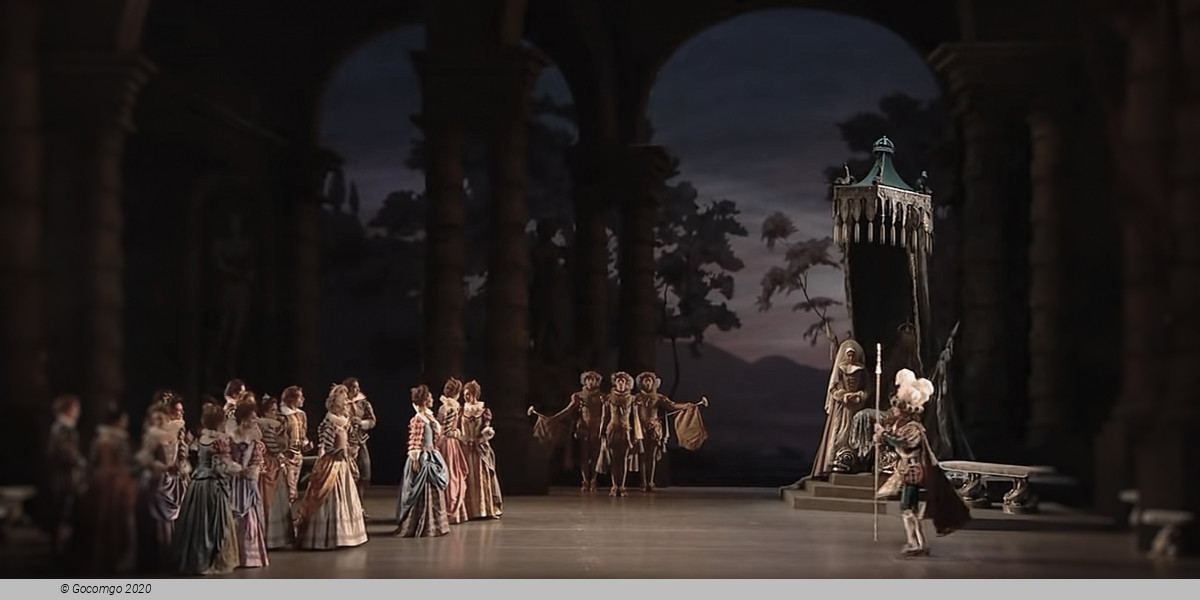
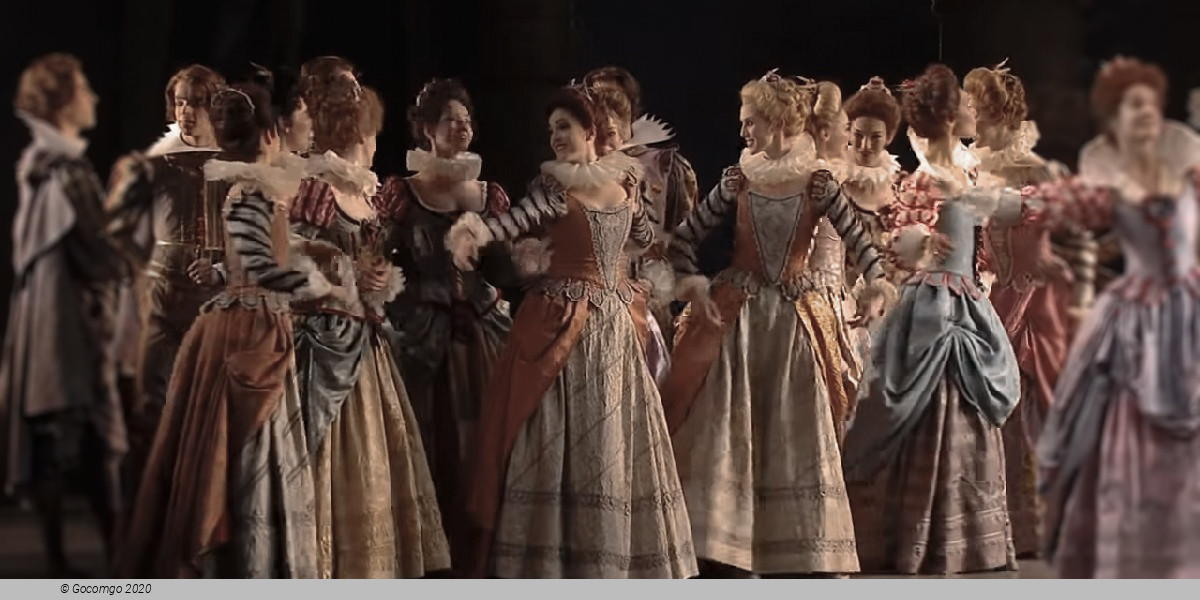
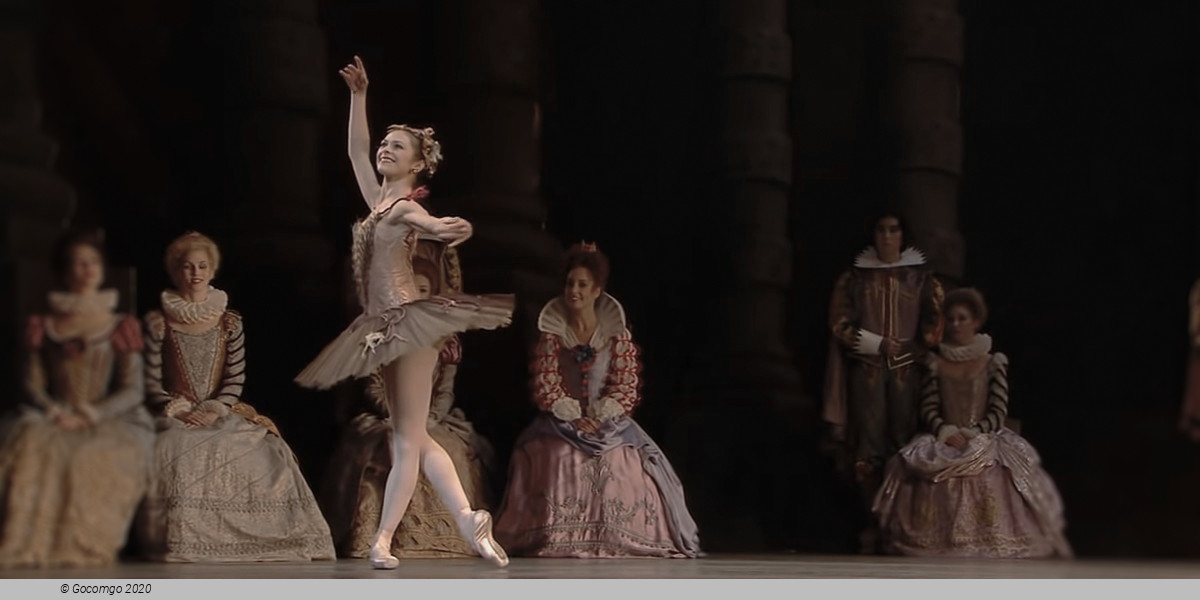
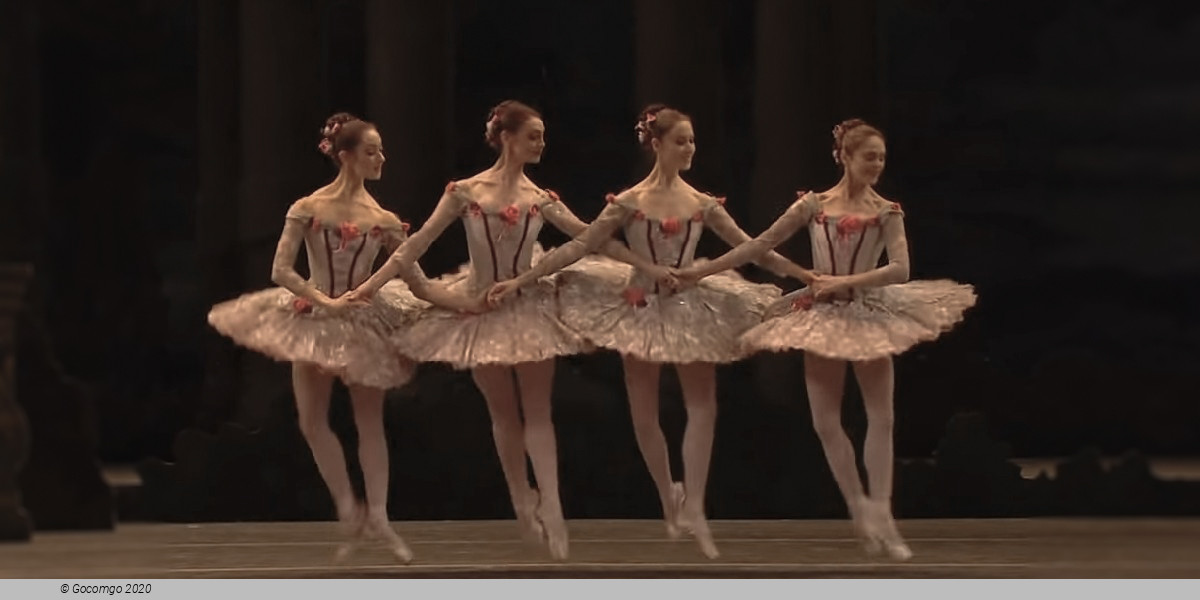


 Augustusplatz 12
Augustusplatz 12